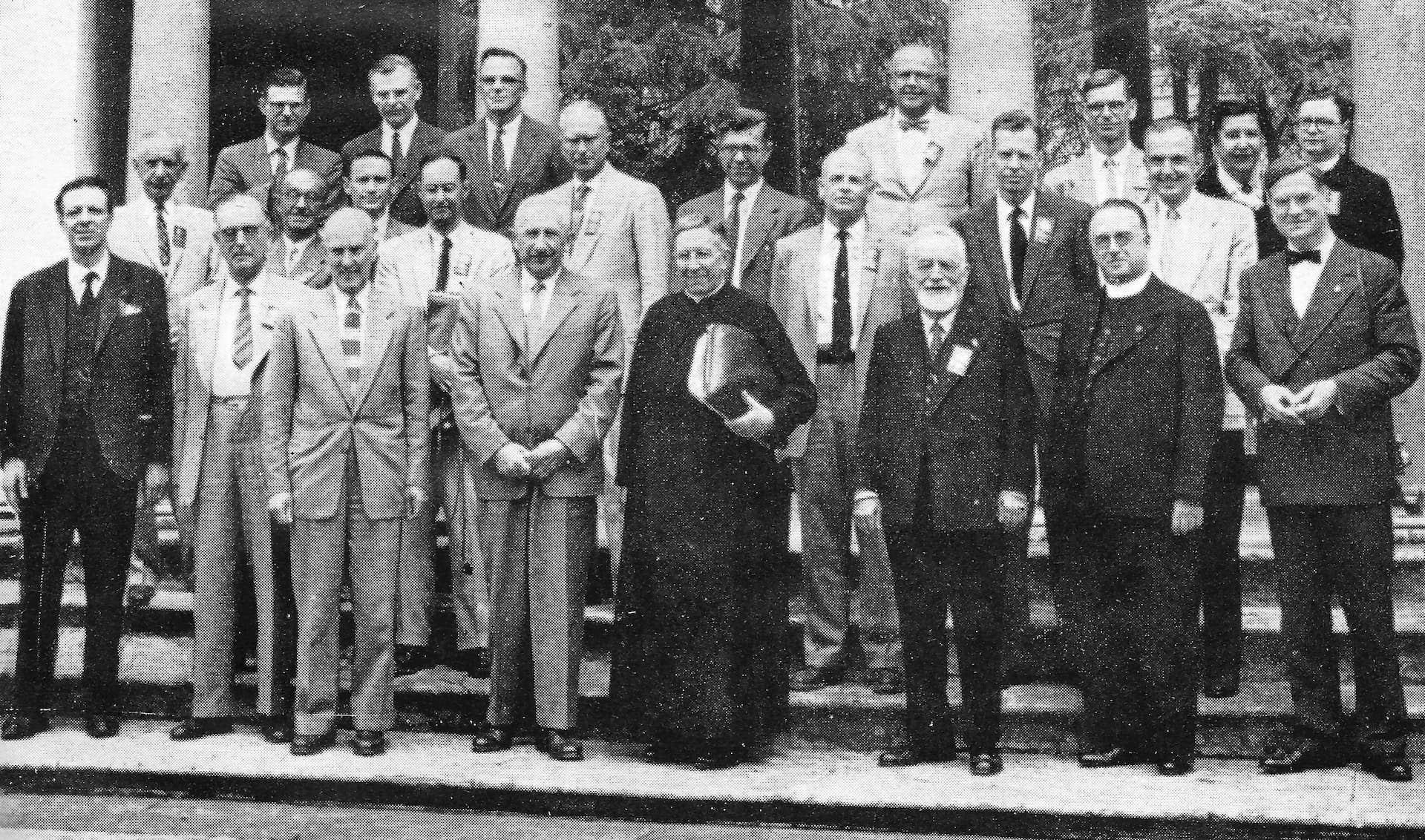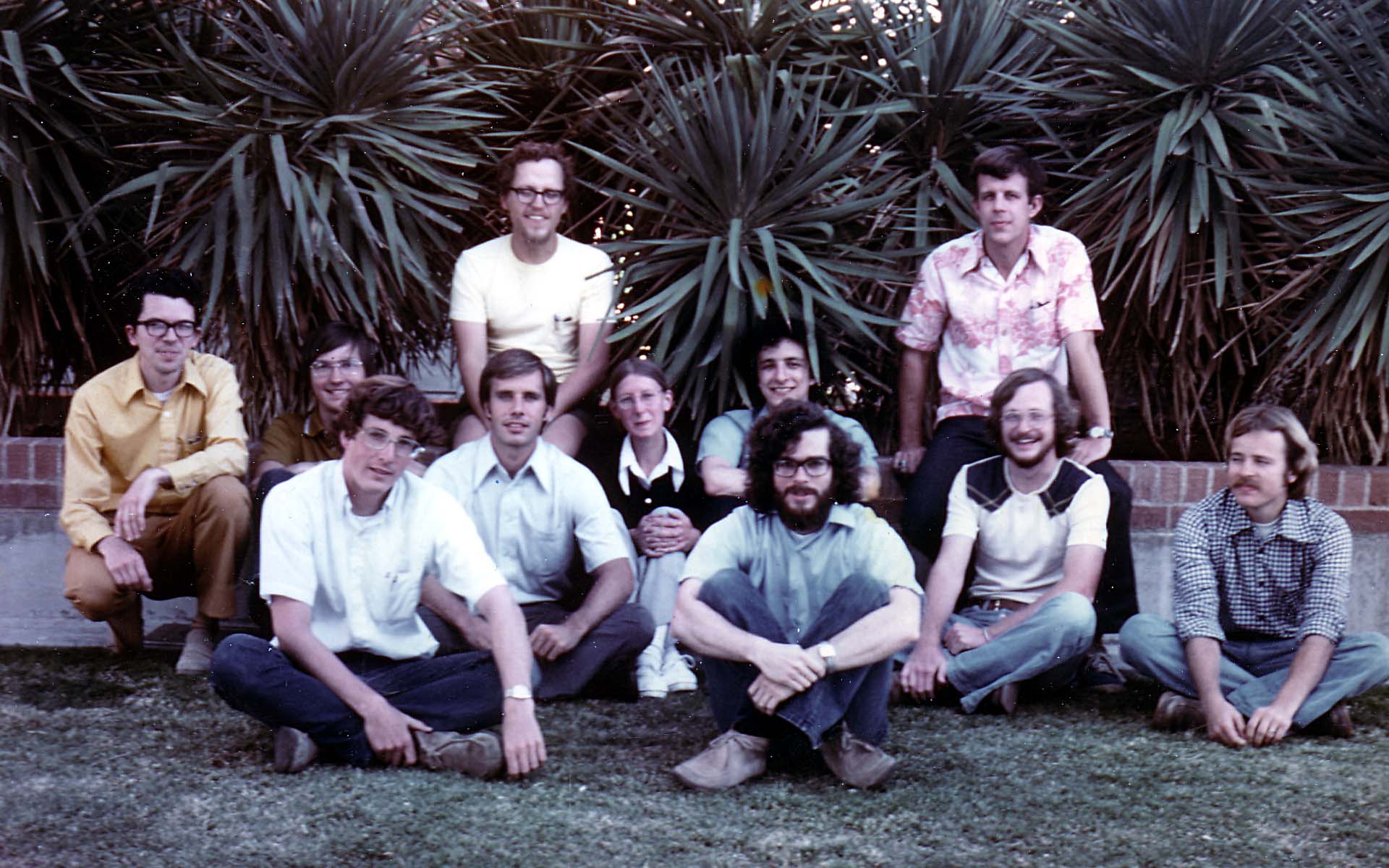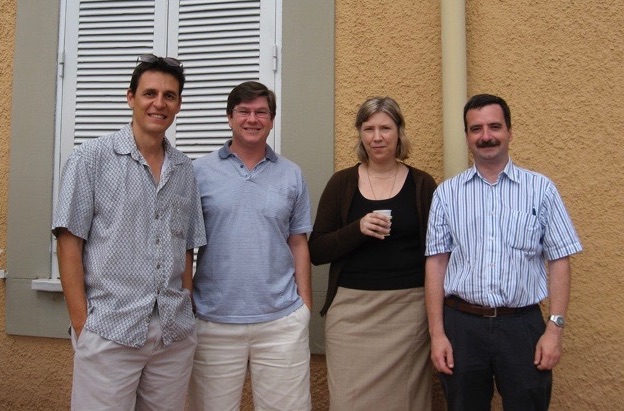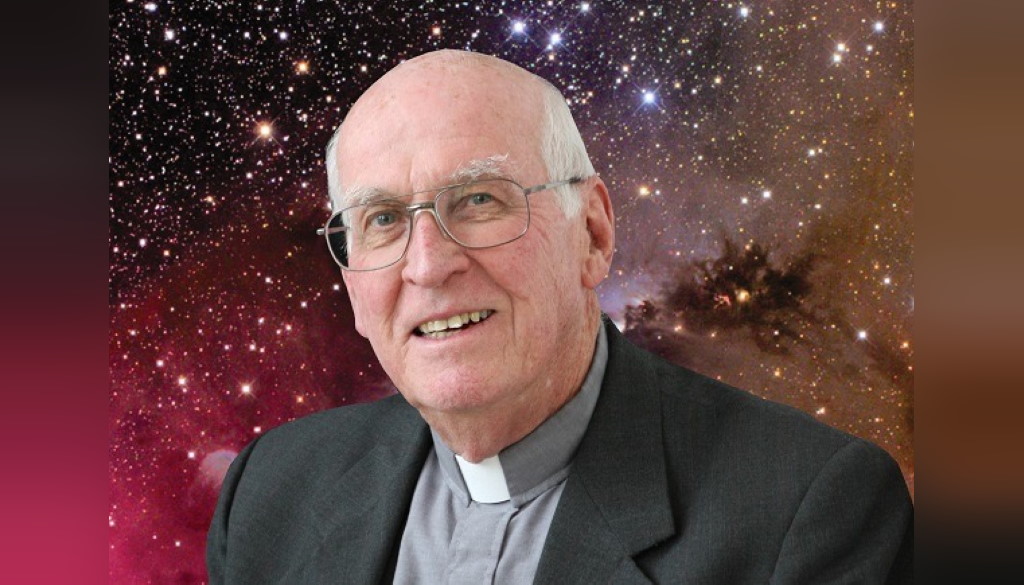Fr. George Coyne, the director of the Vatican Observatory for nearly 30 years (and occasional contributor to The Tablet, where I have these monthly columns on science), died on February 11, 2020. He was 87. Following his death, I wrote my column for The Tablet about him. In fact, I find in my records two different versions of that column; what appears here is based on the published version, with some additions from the first that were edited out for space.
In 1957, some of the world’s most eminent astronomers met at the Vatican to discuss the topic of an evolving universe. All were of northern European descent. None were women. None were people of colour. Georges Lemaître – whose expanding universe theory had been mocked by fellow attendee Fred Hoyle as a “Big Bang” – had to struggle to get taken seriously; as a Catholic priest his ideas about cosmology seemed suspicious.

Although the Vatican Observatory was officially a co-sponsor of the meeting, none of its astronomers participated. The astronomers of the Observatory worked on projects chosen by the director, with little scope for their own research, much less to show the public what they were doing… except for an occasional article in the Catholic press by the director.
From gimmick to value
The observatory had been established by Pope Leo XIII in 1891, mostly as a gimmick to make the Church look modern. When Pope Pius XII, fifty years later, noted that “man ascends to God by climbing the ladder of the Universe” he at least allowed that astronomy might have some value in itself; but this really said nothing more than St. Paul’s Letter to the Romans, that “God reveals himself in the things that He has made.”
That was all to change with the appointment in 1978 by Pope John Paul I of Fr George Coyne SJ as director. His appointment came in the same year as I received my doctorate at the University of Arizona (where George had been working). Of my 10 fellow grad students in planetary sciences then, there was only one woman, one Jew, and two Catholics. And anyone who was so bold as to want to do public outreach was treated with scorn, or worse.

But under George, young Jesuit astronomers arrived at the Vatican from around the world, and they were given the freedom to pursue their own research. (The dozen astronomers on staff today, all George’s recruits, include a Hispanic, an African, an Asian, and five from eastern and southern Europe.) He also established “adjunct scholars”, certified by the Vatican, who include women and laypeople. The summer schools he helped set up brought in students from around the world, the majority from developing nations, half of them women.
The move to Arizona
His biggest legacy, and challenge, was the observatory’s presence in southern Arizona. The original intent was just to have a place to live near the University of Arizona, where George still had contacts, and use their telescopes. But in 1986 he made the bold step to build a Vatican telescope funded by private donors. Raising money to keep it operating has never been easy. But it has forced our astronomers to engage with the public who support us, breaking down more than one powerful wall.
As an observatory director, George was accepted as an equal by the directors of the major astronomical observatories around the world. Regular visitors to the Vatican Observatory included winners of major prizes in astrophysics, including Nobel laureates. George provided a free apartment for them.
Faith and science

And not just astronomers. Theologians, philosophers and historians came for his conferences on Divine Action in the Universe, and on the impact of astronomy on human life and culture. He wrote extensively about science and faith, and inspired others to do so as well – most notably a letter from Pope John Paul II that recognised science as an equal partner in the search for truth.
George helped to finally rehabilitate Galileo with the Church, and, perhaps most significantly, helped to reconcile the Church with Galileo’s heirs.

